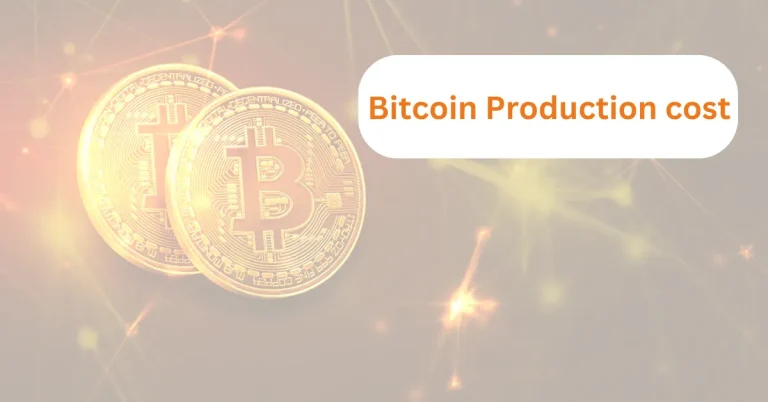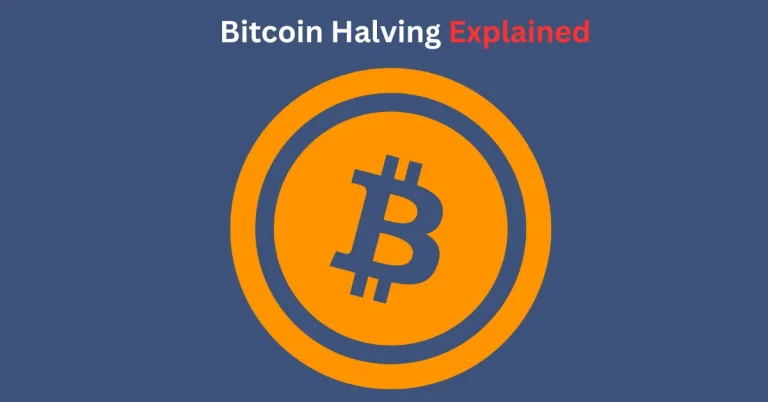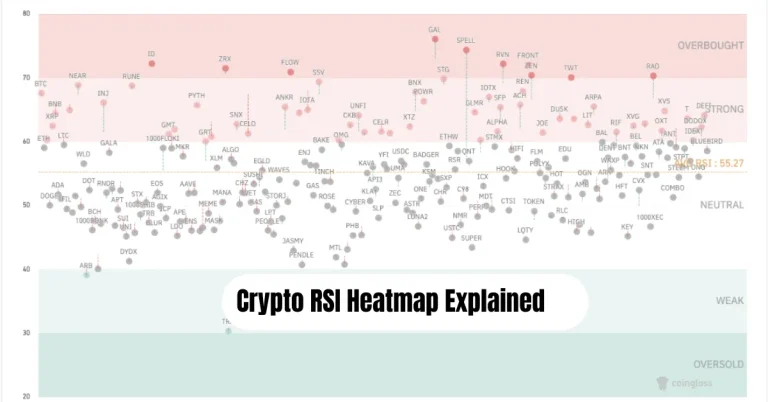Bitcoin Options Explained: Understanding Calls and Puts
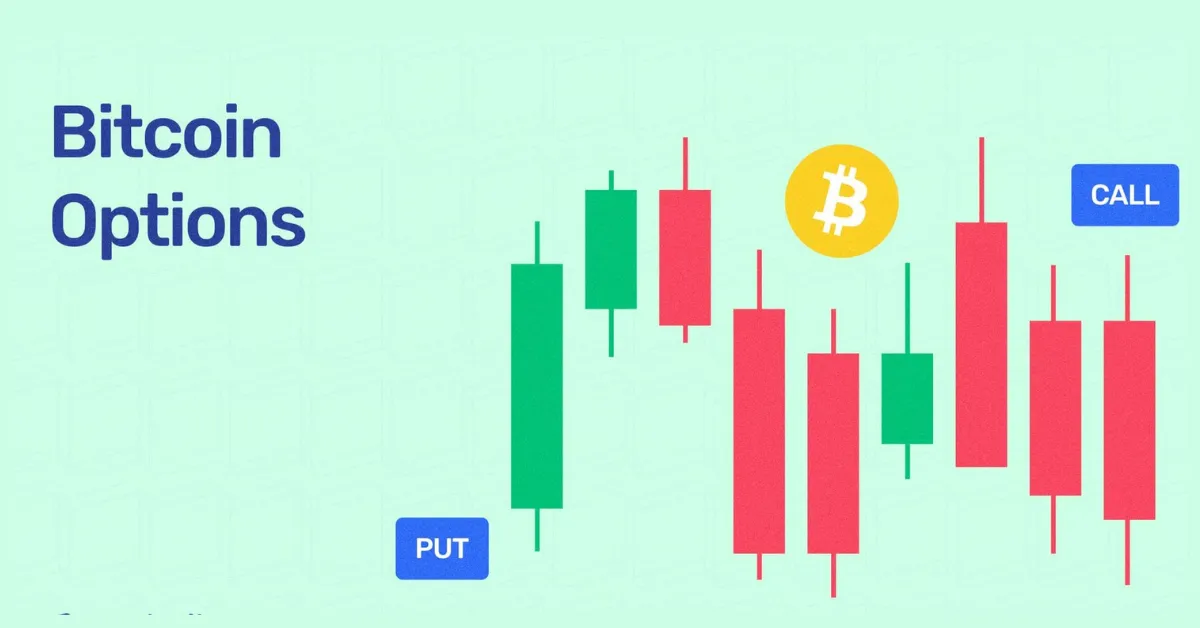
Bitcoin is known for its big price swings—sometimes upward and sometimes downward. But did you know there is a way to trade Bitcoin without actually owning it? This is where Bitcoin options come in. Bitcoin options are derivative contracts that allow you to place a bet on where the price of Bitcoin will go, up or down, and protect you from enormous losses. In this article, we’ll cover exactly what Bitcoin options are, how they work, and what the terms call and put mean. Even if you’ve never been involved in trading before, by the end of this article, you’ll know how people use options to make smarter moves in the crypto market. Let’s get started!
Bitcoin Options Explained: What Are They and How Do They Work?
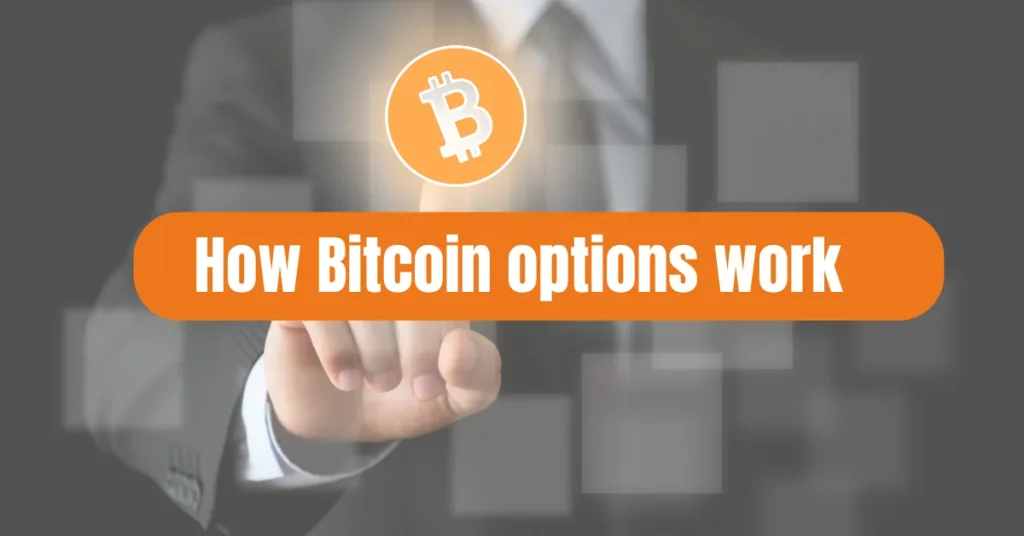
Bitcoin options are a form of financial contract that gives traders the right, but not the obligation, to purchase or sell an asset, in this case, bitcoin, at a specific price on or before a certain date. These contracts, known as Bitcoin options, are also part of the wider world of derivatives and are becoming more popular among crypto traders who want to hedge their risk or take strategic bets on prices.
The basic premise is straightforward: With a call option, you make money if Bitcoin rises, and with a put option, you make money if Bitcoin falls. Bitcoin options are so exciting because they allow you to profit from trading Bitcoin’s price, without actually owning any coins. This allows you to hedge against losses using Bitcoin options during a period of high fear or profit from gains with less exposure up front. Whether you’re protecting a position or betting on future movements, knowing the ins and outs of Bitcoin options can help you toward smarter, more flexible strategies for trading crypto.
Bitcoin Options Explained—Call & Put
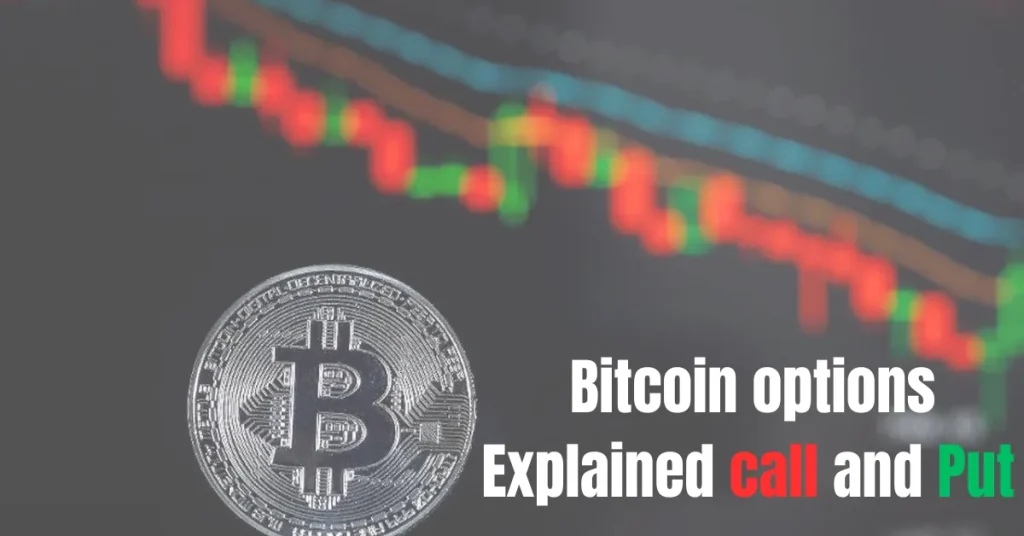
Whether you are bullish or bearish on the price of Bitcoin, options allow you to profit in either direction, as well as hedge your exposure so you can manage risk.Let’s take it a step at a time so you can see exactly how Bitcoin options like calls and puts function
Call Option:
A call option is what you purchase when you believe that the price of Bitcoin will increase. A call option gives you the option (but not the obligation) to buy Bitcoin at a certain price known as the strike price, on or before a certain expiration date. If the market price of Bitcoin exceeds your strike price, your call option is worth something, meaning you can buy Bitcoin “on sale” and immediately sell it at a profit.
But they generally do not do Bitcoin. Instead, they simply sell the call option itself to secure their winnings. This enables them to capitalise on the price discrepancy without taking possession of the asset in question. Also, your maximum loss is the $75 you pay for the option, which gives you the right to buy Bitcoin at $5,000, irrespective of its price being well above. It is a smarter and more flexible way to be a Bitcoin bull and limit any losses.
Put Option:
A put option operates in reverse. It is the option you purchase when you believe the price of Bitcoin will drop. This contract gives you the option to sell Bitcoin at a specific strike price before the option expires. If Bitcoin falls below the strike price, then the value of your put option will increase, as it lets you sell Bitcoin above its market value.
As with call option buyers, the overwhelming majority of traders who want this exposure don’t follow through with the Bitcoin trade. Instead, they sell the put on the market when the price rises. In this way, they profit from the price movement without ever directly owning or selling actual Bitcoin. The price you pay for the position — the premium is your only risk, which means you always know your potential loss up front. Put options are commonly used by traders who are trying to protect their assets in a downturn or who are trying to capitalise on bear markets.
1. Example: Purchasing a Bitcoin Call Option
Imagine Bitcoin is trading at $90,000, and you believe it will go above $100,000 in the coming weeks. Instead of buying Bitcoin outright, you decide to purchase a call option worth $5,000 (this gives you the right to buy Bitcoin at the strike price of $100,000). With Bitcoin options, you now have the ability to buy Bitcoin for less than its worth. But rather than seizing their cut, many traders sell that call option off at a profit.
But if Bitcoin remains under $100,000, then your call option is out of the money (OTM) and nearly worthless. Also, the most you can lose is the $5,000 premium you paid, and no more. Now, if Bitcoin reaches exactly $105,000, you’ve technically not lost a penny . Your $5,000 gain from the option cancels out your $5,000 in premium. Your trade is in the money (ITM), and you can start making a true profit, with no maximum upside.
2. Example: Charlie Sells You a Bitcoin Call Option
Most traders buy through options, but some sell options to earn premium income. In this example, your friend Charlie is taking the other side of the trade and selling you the $100,000 Bitcoin call option for a $5,000 premium up front. If he stays below $100,000, your option becomes worthless, and Charlie can pocket the full $5,000 as straight profit. But if Bitcoin shoots up to $105,000, Charlie is back where he started. Why? Since you’d exercise your call option to purchase Bitcoin from him at $100,000, he’d be forced to sell at a $5,000 loss, negated by the $5,000 he collected in premium.
Charlie has a problem if Bitcoin surges above $105,000. With each dollar that Bitcoin rises, its losses increase. In theory, his losses could be infinite, since Bitcoin has no price ceiling, making the sale of call options risky.
3. Example: Purchasing a Bitcoin Put Option
Now let’s flip the situation. Say you think the price of Bitcoin will go down. You pay $5,000 for a put option with a strike price of $80,000. This gives you the right to sell Bitcoin for $80,000, no matter how low its actual price falls in the market. If Bitcoin remains above $80,000, your put option is out-of-the-money (OTM) and worthless you won’t need it. Again, your worst-case scenario is a loss of the $5,000 premium you paid.
But if Bitcoin falls to $75,000, then it’s in the money (ITM). You can sell $80,000 of Bitcoin when it’s worth $75,000 in total, and you would get a $5,000 gain. It breaks even after you deduct the $5,000 premium. However, before Bitcoin drops to $75,000, you start making money. The more it goes down, the more you make. At the other extreme, if Bitcoin goes to zero, you would profit by $70,000 ($80,000 strike minus $5,000 premium). But in practical terms, such a crash would be likely to undermine the market itself.
4. Example: John Sells You a Bitcoin Put Option
When you bought that $80,000 Bitcoin put option from John, she took home a $5,000 premium. If Bitcoin never crosses $80,000, you don’t exercise that option, and John gets to keep the whole $5,000 as profit. But if Bitcoin falls to $75,000, say, you would use your right to sell at $80,000; John would then lose $5,000, leaving her trade breaking even. If John’s income is under $75,000, then, dollar by dollar, she starts to lose.
The further Bitcoin’s price plummets, the more John is set to lose in total. As is the case with selling call options, selling puts comes with high risk if the market moves against the seller, and the risk can be particularly high in volatile assets like Bitcoin.
Table Overview: Call & Put Option
| Result or Outcome | Buyer’s Outcome |
| Max Profit | Call Option: As the price increases, the profit is unlimited. Put Option: Profit increases as the stock keeps dropping |
| Max Loss | Losses are limited to the amount of the premium (no matter which way the market moves). |
| Break-even | Buyer Break-even: Bitcoin price that sufficiently recovers the premium (including trading fees).Options for Call: Price above Strike price + premium paid. For put options: the price is below the strike. |
Key Considerations

- Bitcoin options allow you to bet on bitcoin’s price with your terms, and you won’t need to buy or dispose of the cryptocurrency itself.
- Call options gain in value as the price of bitcoin rises, giving you the right to buy bitcoin at a fixed, lower price.
- Put options are helpful when the price of bitcoin declines, allowing you to sell it at a higher strike price.
- You, as a buyer of bitcoin options (call or put), are paying upfront for the right to buy or the right to sell the bitcoin. You have potentially high profits if the market goes your way, and your maximum loss is just that premium.
- You can also sell bitcoin options to collect premium income. But if the market moves against you, your losses can be very large or unlimited.
Conclusion
Bitcoin options are a way for traders to take advantage of the changing price of bitcoin without ever having to own it. Whether bullish, bearish or neutral, call and put options allow you the flexibility to act on your market outlook with a limited up-front payment and with a limited risk if you are buying. The potential rewards can be significant, particularly if you are one of those rare investors with perfect timing, but it is important to understand the mechanics and the risks associated with these options, particularly when selling them.
Read also :
FAQS—Bitcoin Options Explained: Understanding Calls and Puts
1. What is a Bitcoin option?
A Bitcoin option is a financial product that enables you to purchase the right (though not the obligation) to either buy or sell Bitcoin at a specific price on or before a certain date. Traders can cash in on the movement of the price of bitcoin without having to own the asset itself.
2.What is the difference between a put and a call option?
A call option entitles you to buy bitcoin at a predetermined price and is usually used when you expect a price to rise. A put option confers the right to sell bitcoin at a predetermined price, typically employed when you are expecting a price drop.
3. How risky is trading with Bitcoin options?
Your risk is minimal if you’re buying options, relative to the magnitude of the potential payout. But if you’re selling options, your potential losses can get much bigger, even potentially unlimited, if the market turns very sharply against you.


